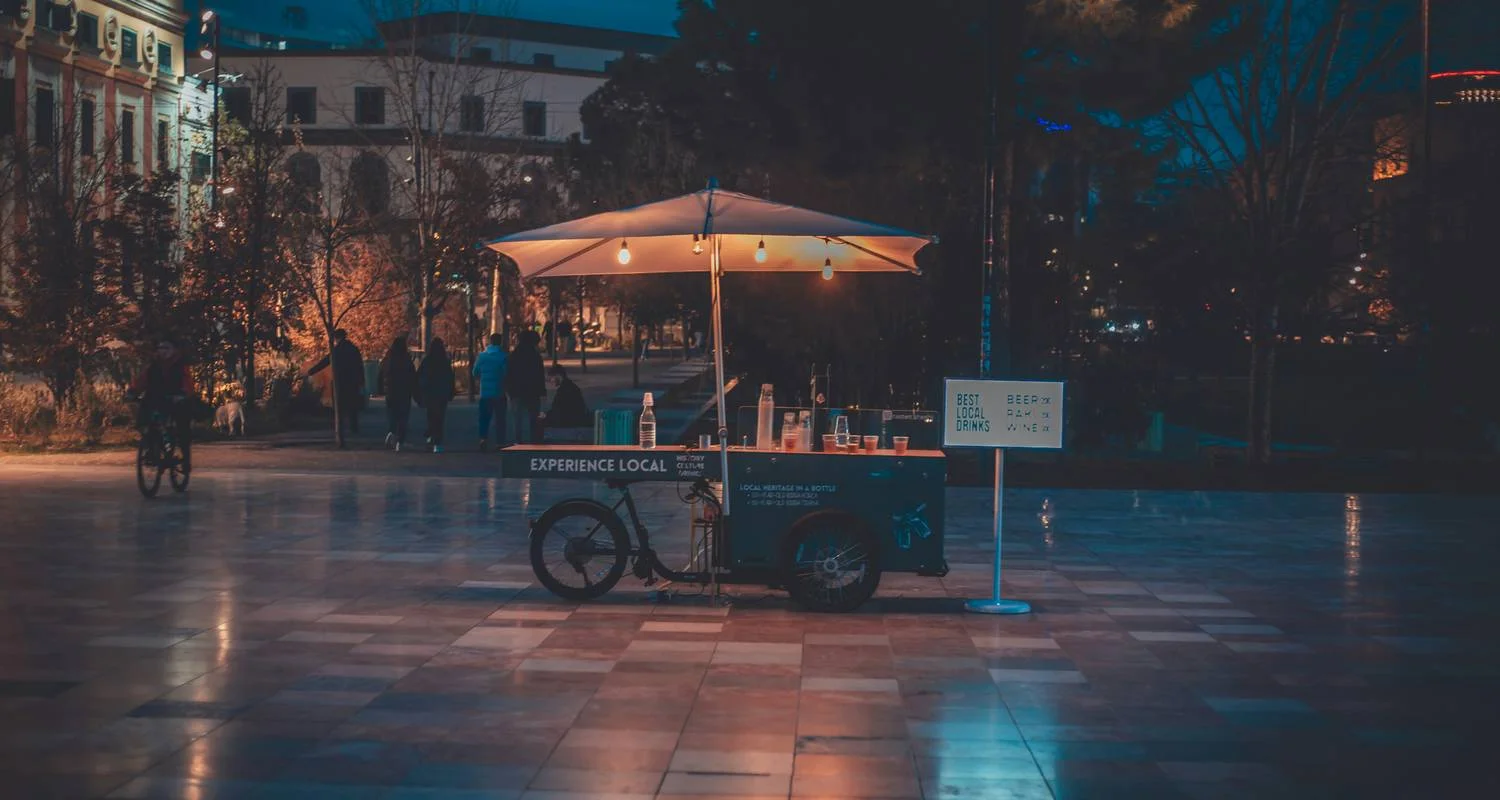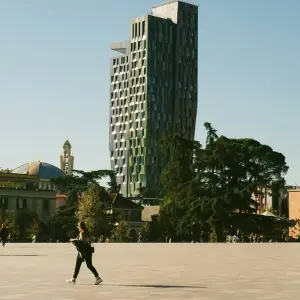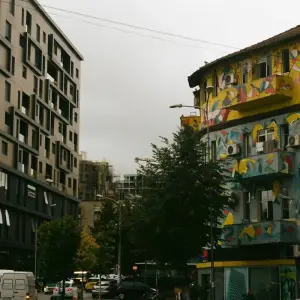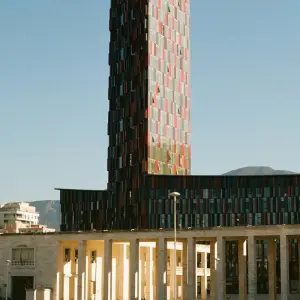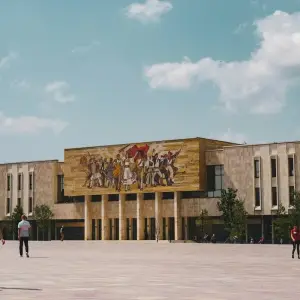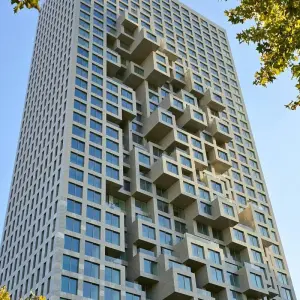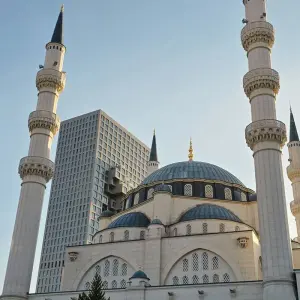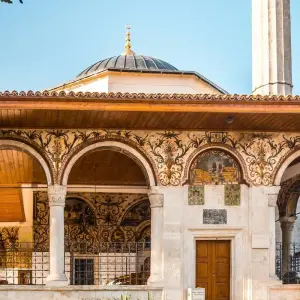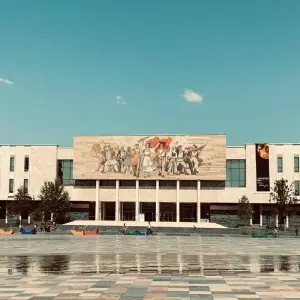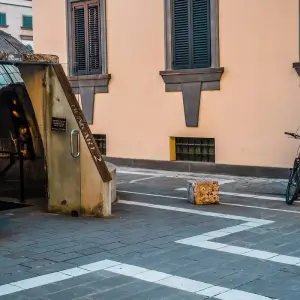Join us for a walking tour of Tirana, offering first-time visitors a glimpse into Albania’s communist and historic past.
Your day begins at our office in Tirana, where you will meet your local companion, ready to guide you through the key sites of the city. Our first stop is Postblloku (Checkpoint Memorial), a powerful tribute to the victims of Albania’s communist regime. This open-air installation includes original elements from the dictatorship, such as a concrete bunker, a piece of the Berlin Wall, and steel supports from a forced labor camp. Located on Tirana’s main boulevard, it stands as a chilling reminder of the country's decades-long isolation and repression under Enver Hoxha.
We then continue to the Blloku neighborhood, once the most prohibited area in the country, reserved exclusively for the ruling communist elite. Here, we will pass by the former residence of Enver Hoxha, Albania’s long-time dictator. Once shrouded in mystery, Blloku is now a symbol of Tirana’s transformation, filled with cafés, street art, and modern energy.
On the way to Skanderbeg square, we will pass by the House of Leaves, former headquarters of the communist-era secret police (Sigurimi). Later we will reach Skanderbeg Square, the heart of Tirana. During the communist era, this square served as the stage for military parades and political rallies. The square also symbolizes the end of communism, it was here that the statue of Enver Hoxha stood until it was overthrown in 1991.
We will pass BUNKART, one of the most interesting museums in Tirana, initially designed as a nuclear bunker offering shelter to the Albanian communist supreme leader and his close party members during the cold war.
Next, we head to Tirana Castle, a centuries-old structure that also stood through the communist years. Recently revitalized, the castle now blends the modern and traditions.
A key part of understanding Albania’s communist era is recognizing its radical approach to religion. In 1967, Albania was declared the world’s first atheist state, with all religious practices banned and institutions shut down or repurposed by the regime. As we walk past Namazgah Mosque, the Orthodox Resurrection Cathedral, and St. Paul’s Catholic Cathedral, we’ll reflect on how religious identity was suppressed and how it has changed since the fall of communism. This will remark the end of this tour through Tirana’s communist past.

